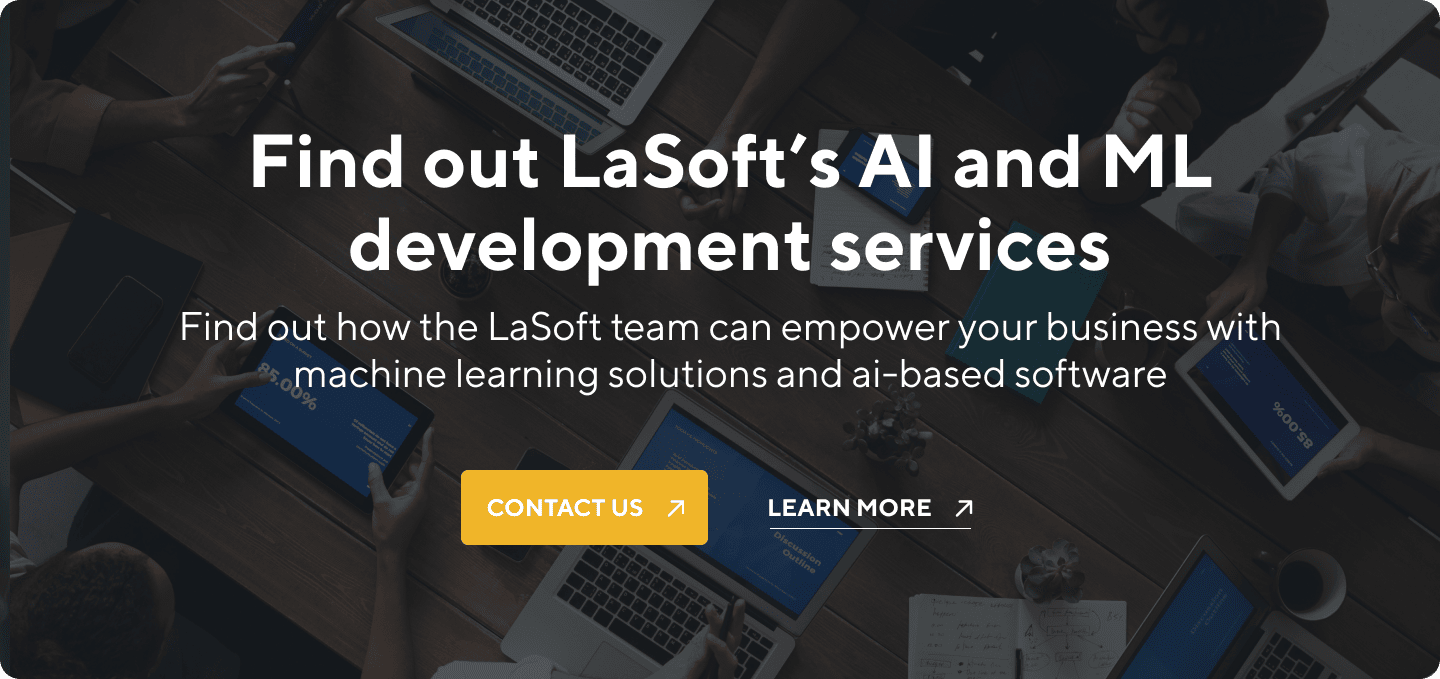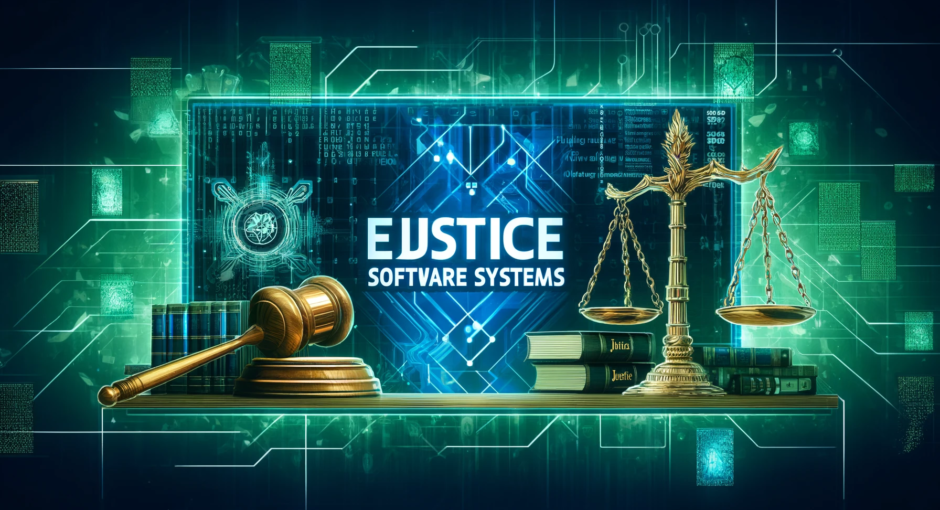In the vast expanse of technological evolution, artificial intelligence (AI) stands out as a beacon of innovation, transforming every sector it touches.
From the intricate algorithms powering search engines to the nuanced systems enabling autonomous vehicles, AI software is not just an accessory in the tech world; it’s a fundamental shift in how we interact with digital realms. This article embarks on an exploration of AI software types, shedding light on how these technologies are shaping our present and sculpting our future.
Popularity of AI Software Types in the Industry
Source: OpenAI
Understanding AI Software: A Primer
At its core, AI software refers to computer programs endowed with the ability to perform tasks that typically require human intelligence. This includes learning, reasoning, problem-solving, perception, and language understanding. AI software is categorized based on functionality, learning processes, and application domains, offering a rich tapestry of technologies that power both niche applications and broad-scale systems.
Global Corporate Investment in AI, 2013–22
Source: Stanford Institute for Human-Centered Artificial Intelligence
The Mainstay of Modern AI: Machine Learning and Deep Learning
Central to the AI revolution is machine learning (ML), a type of AI software that enables systems to learn from data, identify patterns, and make decisions with minimal human intervention. ML algorithms range from simple linear regression models to complex neural networks, the latter being the backbone of deep learning. Deep learning, a subset of ML, utilizes layered neural networks to analyze vast amounts of data, driving advancements in image and speech recognition, natural language processing, and beyond.
Expanding Horizons: Natural Language Processing and Computer Vision
Natural Language Processing (NLP) stands as a pillar of AI software, bridging human languages and machines. It encompasses everything from sentiment analysis and chatbots to machine translation and voice-activated assistants. By understanding, interpreting, and generating human language, NLP applications are redefining human-computer interaction.
Parallelly, computer vision software deciphers the world through digital eyes, enabling machines to recognize, track, and classify objects and scenes. From facial recognition systems and medical image analysis to augmented reality and autonomous vehicles, computer vision is unlocking new dimensions of perception for machines.
The Architects of Autonomy: Robotics and Autonomous Vehicles
Robotics software breathes life into mechanical constructs, imbuing them with the intelligence to perform complex tasks. Whether it’s industrial robots streamlining manufacturing processes or service robots assisting in homes and healthcare, robotics AI is at the forefront of creating collaborative systems that extend human capabilities.
In the realm of transportation, autonomous vehicle (AV) software combines sensors, data, and AI to navigate the complexities of real-world driving. By processing information from LIDAR, radar, cameras, and GPS, AVs promise to revolutionize transportation, enhancing safety and efficiency.
Decision Makers: Expert Systems and Decision Support Systems
Expert systems, a form of AI software, mimic the decision-making ability of human experts. By leveraging rules-based systems and inference engines, they provide specific advice, diagnostics, and solutions in fields such as medicine, engineering, and finance.
Closely related are Decision Support Systems (DSS), which aid human decision-making by synthesizing data, predictive models, and user inputs. DSS tools are invaluable in strategic planning, resource management, and policy formulation, offering insights derived from complex data analyses.
The Connectors: IoT and Integration Software
The Internet of Things (IoT) extends AI’s reach by embedding intelligence into everyday objects. IoT software enables devices to collect data, communicate with each other, and perform automated tasks, creating interconnected ecosystems that range from smart homes to industrial automation.

Integration software plays a pivotal role in connecting disparate AI systems, ensuring seamless data flow and interoperability among applications. This facilitates the creation of comprehensive solutions that leverage the strengths of various AI technologies.
Navigating Ethical and Social Implications
As AI software continues to evolve, so too do the ethical and social questions it raises. Issues of privacy, bias, accountability, and job displacement are at the forefront of discussions. Navigating these challenges requires a collaborative approach, involving policymakers, technologists, and the public, to ensure that AI advances in a manner that is beneficial and equitable for all.
Looking to the Horizon: Future Directions in AI Software
The future of AI software is a canvas of unlimited potential, marked by ongoing research and innovation. Emerging trends include the integration of AI with blockchain for enhanced security, the advent of quantum computing to accelerate problem-solving, and the exploration of affective computing to understand and replicate human emotions.
AI Software Types
| AI Software Type | Primary Function | Example Applications |
|---|---|---|
| Machine Learning (ML) | Enables systems to learn from data and improve with experience. | Predictive analytics, spam filtering, recommendation systems. |
| Deep Learning | A subset of ML that uses neural networks to analyze complex data. | Image and speech recognition, autonomous vehicles. |
| Natural Language Processing (NLP) | Understands, interprets, and generates human language. | Chatbots, machine translation, sentiment analysis. |
| Computer Vision | Allows machines to recognize and interpret visual information. | Facial recognition, medical image analysis, augmented reality. |
| Robotics | Powers the intelligence behind automated mechanical systems. | Industrial automation, service robots, surgical robots. |
| Autonomous Vehicles (AV) | Combines sensors and AI to enable self-driving capabilities. | Self-driving cars, drones, autonomous delivery robots. |
| Expert Systems | Mimics the decision-making ability of human experts. | Medical diagnosis, legal advising, financial planning. |
| Decision Support Systems (DSS) | Supports complex decision-making processes. | Business intelligence, clinical decision support, resource management. |
| Internet of Things (IoT) | Embeds intelligence into everyday objects, enabling them to collect data and communicate. | Smart homes, industrial IoT, wearable health monitors. |
| Integration Software | Facilitates the connection and communication among different AI systems. | Data integration platforms, middleware for IoT systems. |
Embracing the AI Revolution
The journey through the landscape of AI software reveals a technology in constant flux, driven by the pursuit of understanding and enhancing the human experience. As we stand on the brink of what many consider the fourth industrial revolution, it’s clear that AI software will continue to be a cornerstone of innovation. By harnessing its power responsibly, we can unlock unprecedented possibilities for progress, prosperity, and personal fulfillment.


